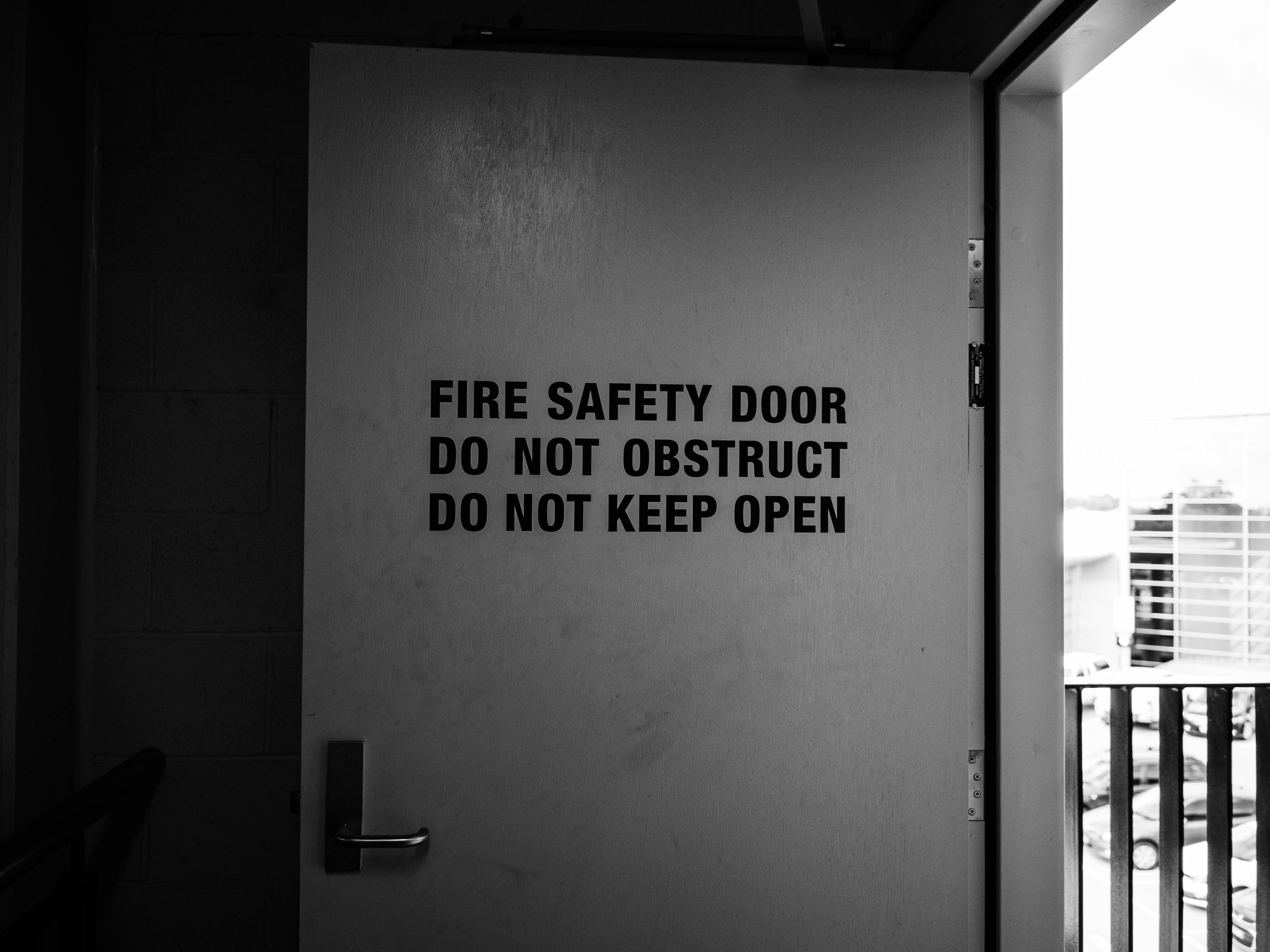
The statistics: what do they mean?
The Critical Compliance Gap Report 2024, draws on a survey of 2,000 UK businesses across multiple sectors, including property, manufacturing, logistics, and education. The findings are sobering:68% of organisations say they are unlikely to pass an on-the-spot HSE inspection due to poor data management and compliance practices.
Nearly half (49%) admit that they do not maintain records to a standard which is detailed, updated, or recorded accurately enough to comply with the Health and Safety at Work Act 1974 or other sector-specific HSE regulations. Even more concerning, 17% of businesses surveyed had previously faced enforcement action from the HSE, with 10% receiving fines for non-compliance.
The report highlights the growing divide between companies that invest in proactive compliance and those that risk falling behind. And when it comes to building safety, the poor compliance molehill can quickly spiral into a risky and unpredictable mountain.
The industry jargon: What is an HSE inspection?
The Health and Safety Executive (HSE) is the UK’s national regulator for workplace health and safety. Its role includes setting standards, conducting inspections, and taking enforcement action where necessary. HSE inspections are carried out without warning – though, granted, higher-risk industries are investigated more frequently - and assess whether a workplace complies with the Health and Safety at Work etc. Act 1974 and other legislation.
Inspectors have broad powers: they can enter premises, examine documents and equipment, take photographs, conduct interviews, and even shut down operations if they believe there is serious risk.
Non-compliance isn’t just a regulatory headache it can result in serious consequences if the breach is found to be significant.
The consequences: What are the risks of non-compliance?
The Building Safety Regulator, a subgroup of the HSE, outlines key risks for property professionals who fail to comply with their obligations, including:
· Financial penalties
· Contractual breaches
· Reputational damage
· And even Prison time if the offence is deemed serious enough
However, we all know that Beyond legal consequences, poor property management increases the risk of preventable harm and the potential physical and psychological ramifications for employees and clients, including:
· Electrical hazards: Faulty systems can lead to shocks, fires or electrocution.
· Slips, trips and falls: Poor lighting, uneven flooring, or unrepaired damage can lead to injuries.
· Asbestos exposure: Without accurate asbestos surveys or management plans, occupants and contractors are at risk.
· Damp and mould: Especially in older buildings, this can cause serious respiratory issues.
· Airborne toxins and fibres: Exposure to deteriorating materials increases the risk of long-term respiratory disease.
· Fire safety risks: Without working smoke alarms, emergency lighting, or regular fire door inspections, buildings become dangerous.
Your responsibilities: How do I ensure building compliance?
Safe, compliant buildings aren’t accidental, they are the result of continuous professional management and documentation. As a building owner or property manager, here are the essentials:
1. Conduct regular surveys and inspections: Including fire risk assessments, asbestos sampling, and legionella testing.
2. Keep thorough records: Documentation should include maintenance logs, inspection results, and updates to any health and safety systems.
3. Schedule routine maintenance: For all fixed assets, fire systems, water systems and ventilation.
4. Train staff: Ensure building operatives understand HSE responsibilities and knowhow to report or escalate issues.
5. Consult experts: Use specialist providers like Summit Environmental to deliver compliant, cost-effective solutions tailored to your building’s risks and use-case.
Maintaining building compliance isn’t just good practice, it’s a legal duty and moral responsibility, however, it is one that we are happy to guide you through
For expert support to maintain the safety of your facilities, get in touch today.

.png)